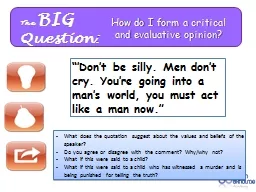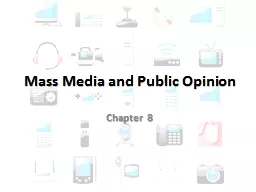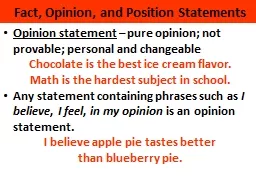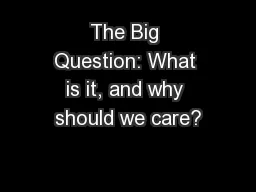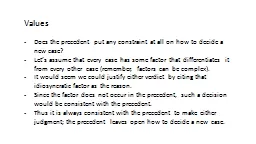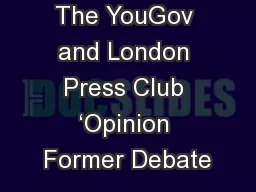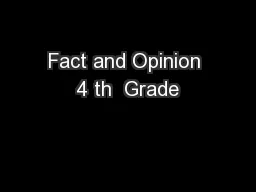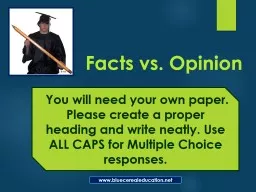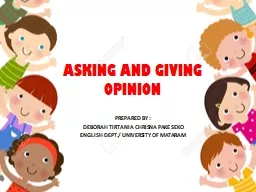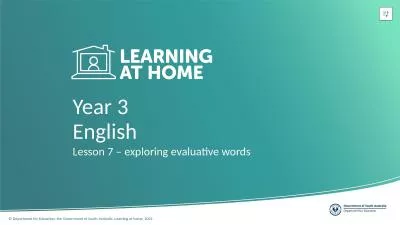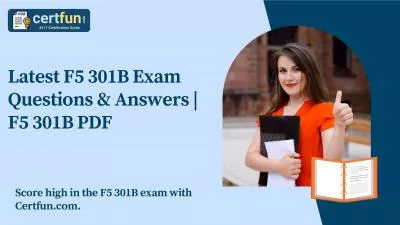PPT-The BIG Question: How do I form a critical and evaluative opinion?
Author : natalia-silvester | Published Date : 2018-11-07
What does the quotation suggest about the values and beliefs of the speaker Do you agree or disagree with the comment Whywhy not What if this were said to a child
Presentation Embed Code
Download Presentation
Download Presentation The PPT/PDF document "The BIG Question: How do I form a crit..." is the property of its rightful owner. Permission is granted to download and print the materials on this website for personal, non-commercial use only, and to display it on your personal computer provided you do not modify the materials and that you retain all copyright notices contained in the materials. By downloading content from our website, you accept the terms of this agreement.
The BIG Question: How do I form a critical and evaluative opinion?: Transcript
Download Rules Of Document
"The BIG Question: How do I form a critical and evaluative opinion?"The content belongs to its owner. You may download and print it for personal use, without modification, and keep all copyright notices. By downloading, you agree to these terms.
Related Documents

